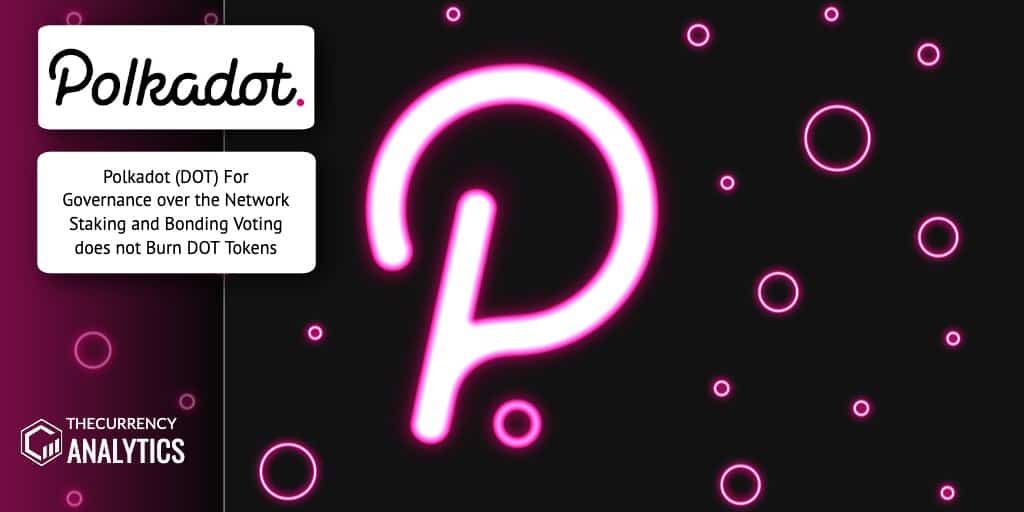
Bill Laboon in his You Tube Video has explained on how to vote on referenda in Polkadot or Kusama, including how to understand what is being voted on, adaptive quorum biasing, modify your voting power by changing the conviction, and changing your vote.
Polkadot tweeted: “Referenda are simple, inclusive, stake-based voting schemes on Polkadot & @kusamanetwork. Learn how to vote on referenda, understand what is being voted on, modify your voting power, change your vote, and what is adaptive quorum biasing with @BillLaboon.”
This explanation is important because some of the users believed that voting burns the DOT tokens. When users are clarified about what is happening, they are more than glad to participate in the democracy system.
With Polkadot being live, the development is on track to deliver the most robust platform for security, scalability and innovation.
PolkaDot are working to provide for true interoperability, economic and transactional scalability, easy blockchain innovation, forkless and future proof, security for everyone, and ultimately user-driven network governance.
The DOT token provides for three distinct purposes like governance over the network, staking and bonding.
Sydney Ifergan, the crypto expert tweeted: “Polkadot (DOT) from the Web3 Foundation is powered by 5 commissioned teams and more than 100 developers to build Polkadot racing ahead in the ladder!”
Anyone who wants to get involved should join the Polkadot community. Polkadot provides for quicker innovation cycles.
Polkadot focuses on ensuring interoperability between chains. They make this happen regardless of whether the chains are public chains or private chains. Interoperability permits different chain types to be involved in exchange of value and also arbitrary messaging.
The interesting thing is that Polkadot makes it possible for the parties to take the public and private chains and eventually “plug them in” to a shared connectivity layer. These chains can then choose to have their own validator set or make use of Polkadot’s pooled security system to verify their transactions through the Relay Chain.
Since one chain can be leveraged on another, there is no need for each chain to reinvent the same concept by spending all the time and resources. This interconnectivity thus provides for privacy-oriented projects, forks, permissioned chains and a lot more.
To get started, prospects can simply join the different social media channels for Polkadot to get started. There can install a test Polkadot, join the Ambassador program, host a meet-up in their locality, or contribute in one way or the other to the online Polkadot community. Just join and the rest should gather momentum.
Get the latest Crypto & Blockchain News in your inbox.